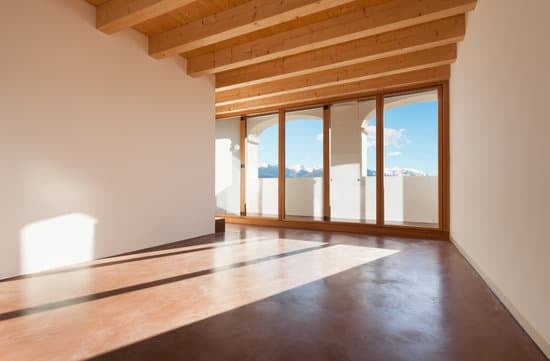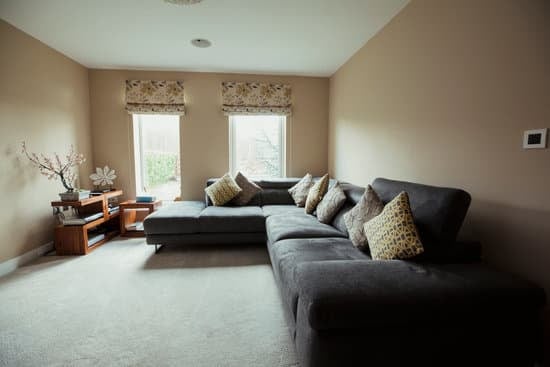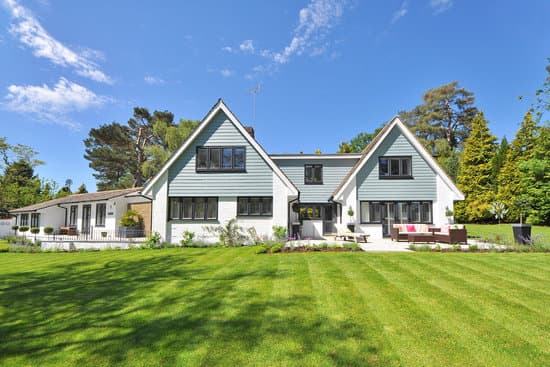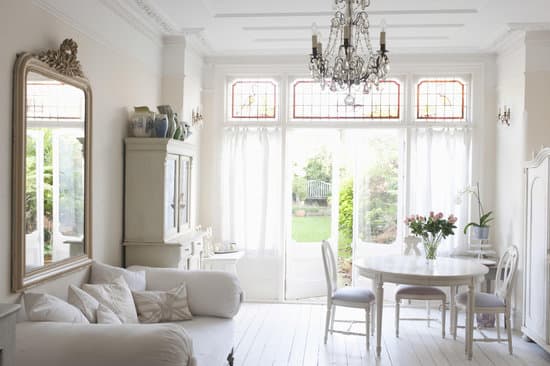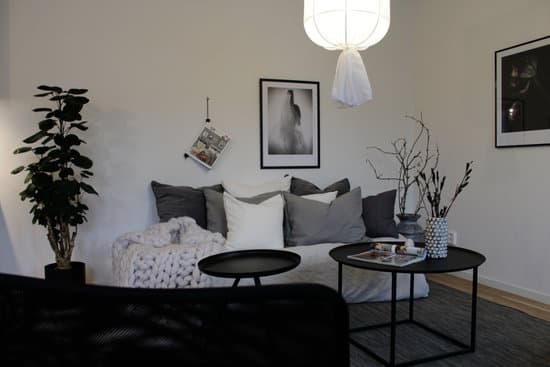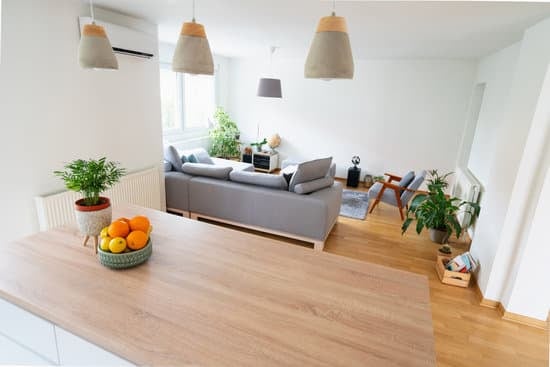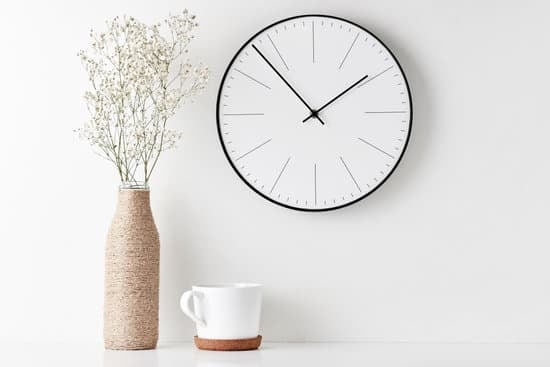The Origins of Muji Interior Design
Muji is a Japanese concept that originated from the popular Muji brand, which was established in 1980. The brand name, Muji, means no brand quality goods, which reflects its philosophy of simple, functional, and well-designed products. The Muji design style is characterized by its minimalistic approach and natural materials. The Muji brand has grown to include a wide range of products, from household items to apparel and even skincare products. The Muji design style draws inspiration from traditional Japanese Zen faith and design principles. It values simplicity, functionality, and sustainability, which are evident in its interior design style. Muji spaces evoke a sense of tranquility and calmness, which are crucial elements of Zen culture. The brand’s design philosophy challenges the conventional notion of luxury, emphasizing more on the functionality and beauty of things rather than their price tag.The Core Tenets of Muji Design Style
The Muji interior design style has some core tenets that distinguish it from other minimalist design styles. These include:- Emphasis on simplicity and functionality
- Use of natural materials and textures
- Neutral color palette
- Lighting that creates a sense of calm and serenity
- Avoidance of clutter and unnecessary objects
- Focus on sustainability and environmental consciousness
Using Natural Elements in Muji Design
One of the defining features of the Muji design style is the use of natural materials and textures. Muji spaces often include elements such as wood, stone, bamboo, cotton, and linen. These materials give the space a warm and inviting feeling while also evoking a sense of nature. In addition to natural materials, Muji interiors often incorporate indoor plants. These plants serve to purify the air and provide a calming atmosphere. They also act as a decorative element, contributing to the overall aesthetic of the space.Classy Additions to Muji Designs
Although the Muji design style emphasizes simplicity and functionality, it is not devoid of classic design elements. Muji interiors often incorporate classic furniture pieces, such as Eames chairs, mid-century modern sofas, and marble coffee tables. These pieces elevate the overall aesthetic of the space, adding a touch of sophistication to an otherwise minimalistic design. Art and photography are also commonly found in Muji interiors. These pieces add personality and visual interest to the space while still maintaining the overall minimalistic aesthetic.Minimalistic Practices in Muji Interiors
The Muji design style is characterized by its minimalistic approach to interior design. The focus is on creating a space that is uncluttered and free from unnecessary objects. Muji spaces prioritize functionality over aesthetics, but this does not mean that they lack beauty. In Muji interiors, storage solutions play a significant role. They allow for easy organization and quick clean up, ensuring that the space remains uncluttered at all times. Furniture pieces often serve multiple purposes, eliminating the need for additional objects in the space.Key Features of Muji Style Living Rooms
Muji style living rooms have several key features that make them unique. These include:- Low, clean-lined furniture
- Neutral color palette with splashes of color through art or plants
- Indoor plants as decorative elements
- Minimalist lighting that creates a warm and inviting atmosphere
- Functional storage solutions for organization and tidiness
- Focus on sustainability and environmental consciousness
- Classic design pieces that add sophistication to the space






